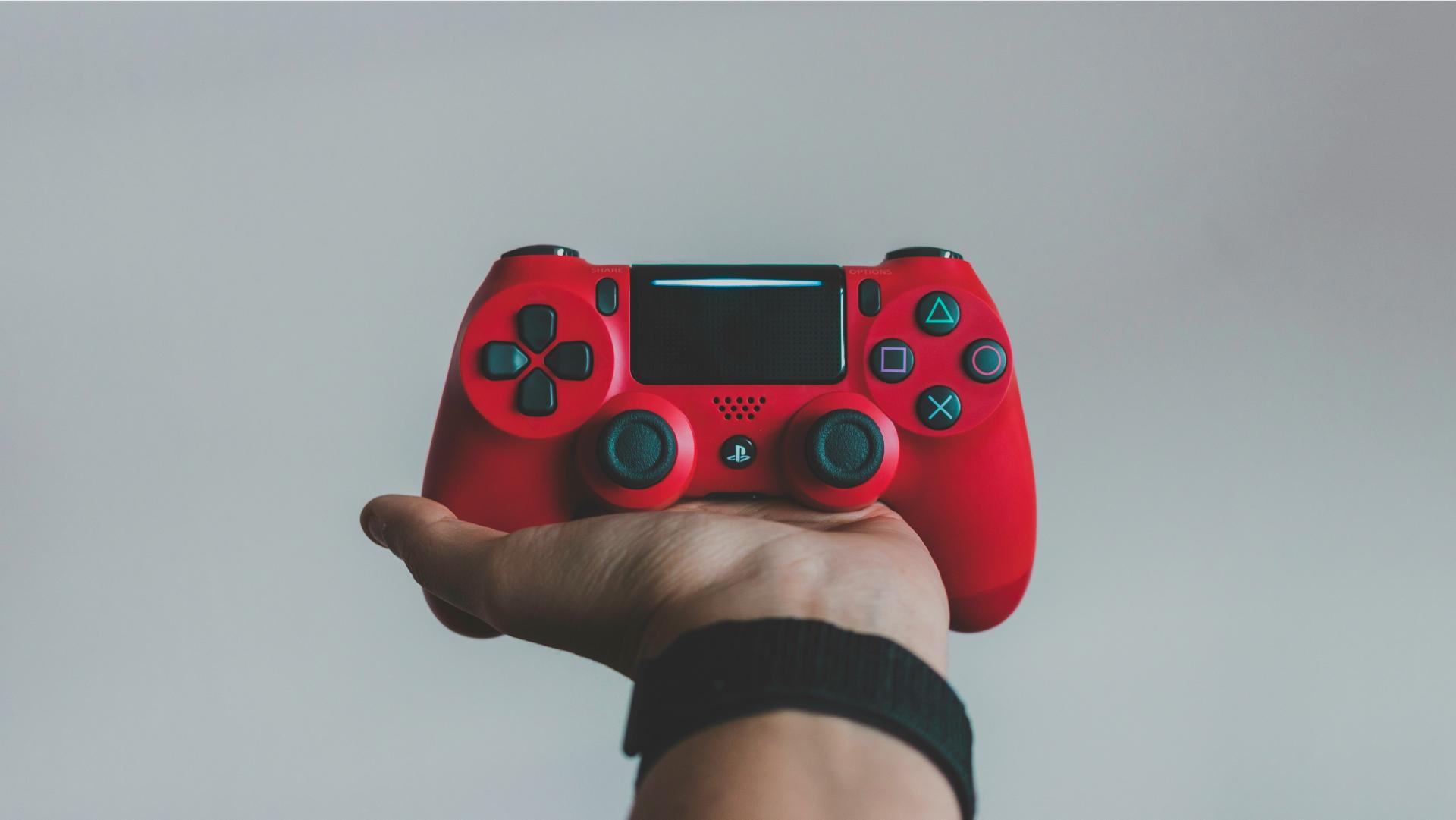
Gamification and its Uses!
In the dynamic realm of technology, one term that continues to spark significant curiosity and debate is gamification. But what exactly is it?
In simple terms, gamification means using elements of games—like challenges, rewards, and competition—in everyday situations that aren’t games. Gamification adds fun and incentives to tasks to make them more enjoyable and encourage people to stay focused and achieve their goals.
Beyond Fun
Let’s address the biggest stereotype: Gamification isn’t just about turning every task into a frivolous game. By leveraging human psychology, gamification strategically boosts productivity and cultivates a learning-oriented environment. Through the incorporation of rewards, competition, and achievement, gamification breathes excitement into everyday tasks, leading to impactful outcomes.
Empowering Work Environments
Imagine a workplace where everyday tasks feel like exciting challenges instead of burdensome duties. Gamification achieves exactly that by making work more interactive, rewarding, and enjoyable. The object is not to distract people with bells and whistles; but rather motivate them to excel through meaningful engagement.
Beyond Generational Divides
Contrary to outdated beliefs, gamification isn’t just reserved for the younger, tech-savvy crowd alone. Whether you’re a seasoned professional or a fresh recruit, gamification empowers everyone to achieve their best by making work both fulfilling and fun. It bridges generational gaps by appealing to universal desires for recognition, progress, and mastery.
Scientific Backing: Neuroscience at Play
Behind the scenes, gamification leverages neuroscience to trigger dopamine release—the brain’s natural reward chemical. This biological response fuels motivation, making people more eager to tackle challenges and surpass goals. The aim of gamification is about fostering a culture of continuous improvement and personal growth.
Applications Across Industries
From healthcare to finance, and from education to customer service, gamification transcends sectors with its versatile applications. Gamification integrated into apps for mariners have been found to significantly enhance engagement, productivity and even safety among the crew. This approach has seen a boost in the morale, job satisfaction and efficiency. It helps optimise training programs, enhances customer engagement, and boosts employee performance across the board. By gamifying routine tasks, organisations can unlock untapped potential and drive innovation.
Embracing Change: The Future of Work
As we embrace the digital age, the adoption of gamification represents a shift towards more dynamic, collaborative, and efficient work environments. It’s not a passing trend but a strategic imperative for businesses looking to thrive in the 21st century. By embracing gamification into the flow of work and workplace technologies that organisations invest in, companies position themselves at the forefront of innovation and employee empowerment.
Have you ever thought about taking away the mediocrity from the mundane and unleashing the full potential of your people through gamification?
- Industry

The Buzz Around Workplace Safety Is Real — Here’s Our Take
April 28 marked World Day for Safety and Health at Work, and the buzz has been impossible to ignore. This year’s theme — “Revolutionising Health and Safety: The Role of AI and Digitalisation at Work” — resonates across sectors. However, in one industry in particular, it couldn’t be more urgent: the maritime sector. At Bigyellowfish, […]

Tackling Fatigue in Safety-Critical Industries: A Call for Action
Fatigue is more than just feeling tired—it’s a state of physical, mental, and emotional exhaustion that can impact anyone. In safety-critical industries, where precision and focus are non-negotiable, the effects of fatigue can be disastrous. Mistakes, accidents, and decreased productivity are just a few of the outcomes. Yet, fatigue is often overlooked until it’s too […]

 Workplace Well-being
Workplace Well-being Reinforced Learning
Reinforced Learning Collaboration
Collaboration